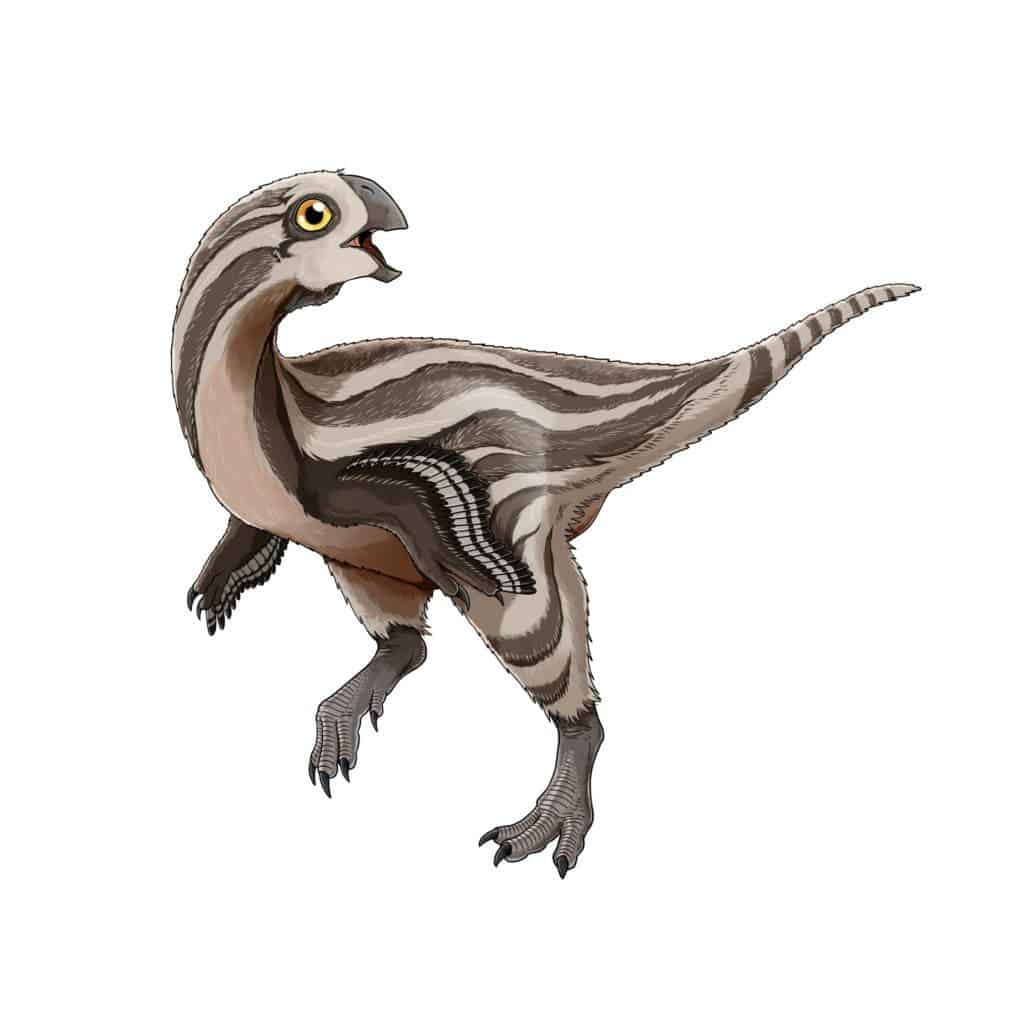Paleontologists working in Mongolia have discovered a previously unknown dinosaur, which belongs to the oviraptorosaur family — a group of diverse, bird-like dinosaurs.

Oviraptorosaurs were feathered dinosaurs from the Cretaceous period. They had parrot-like skulls and feathers, though these were most likely for display and temperature regulation, as oviraptorosaurs were flightless. Some researchers don’t even consider them to be dinosaurs at all, instead grouping them with birds — though this is still a matter of debate. The arms are around half the length of the legs, and several of them have been found in a nesting position similar to that of modern birds. These findings also support the fact that these creatures had wings, as the arms of these specimens are positioned in such a way that they could perfectly cover their eggs if they had small wings and feather covers.
Some of them don’t even have teeth, instead sporting a tough, beak-like mouth. Yet even among these, the newly discovered, the Gobisaur stands out. Named after the Gobi desert where the fossils were discovered, Gobisaur has unusual thickened jaws. This suggests that its mouth was mostly used for crushing, which would imply that it fed on hard food items such as eggs, seeds, or shelled mollusks. However, this is the only species that sports this type of adaptation, suggesting a relatively modern species that was finely tuned to thrive in a particular environment.
The incomplete skeleton was uncovered in the Nemegt Formation, which consists mostly of river and lake deposits, and was dated to be 70-71 million years old. Given this setting, researchers inferred that Gobisaur was adept at surviving in wetland environments, adding to an already impressive Cretaceous fauna discovered in the formation.
This new find adds to the already impressive Cretaceous biodiversity in the area and offers valuable evidence about a group of dinosaurs which covered surprisingly diverse niches.
“The unique morphology of the mandible and the accordingly inferred specialized diet of Gobiraptor also indicate that different dietary strategies may be one of important factors linked with the remarkably high diversity of oviraptorids in the Nemegt Basin,” researchers conclude in the study.
Journal Reference: Lee S, Lee Y-N, Chinsamy A, Lü J, Barsbold R, Tsogtbaatar K. A new baby oviraptorid dinosaur (Dinosauria: Theropoda) from the Upper Cretaceous Nemegt Formation of Mongolia. PLoS ONE 14(2): e0210867. https:/
Was this helpful?



